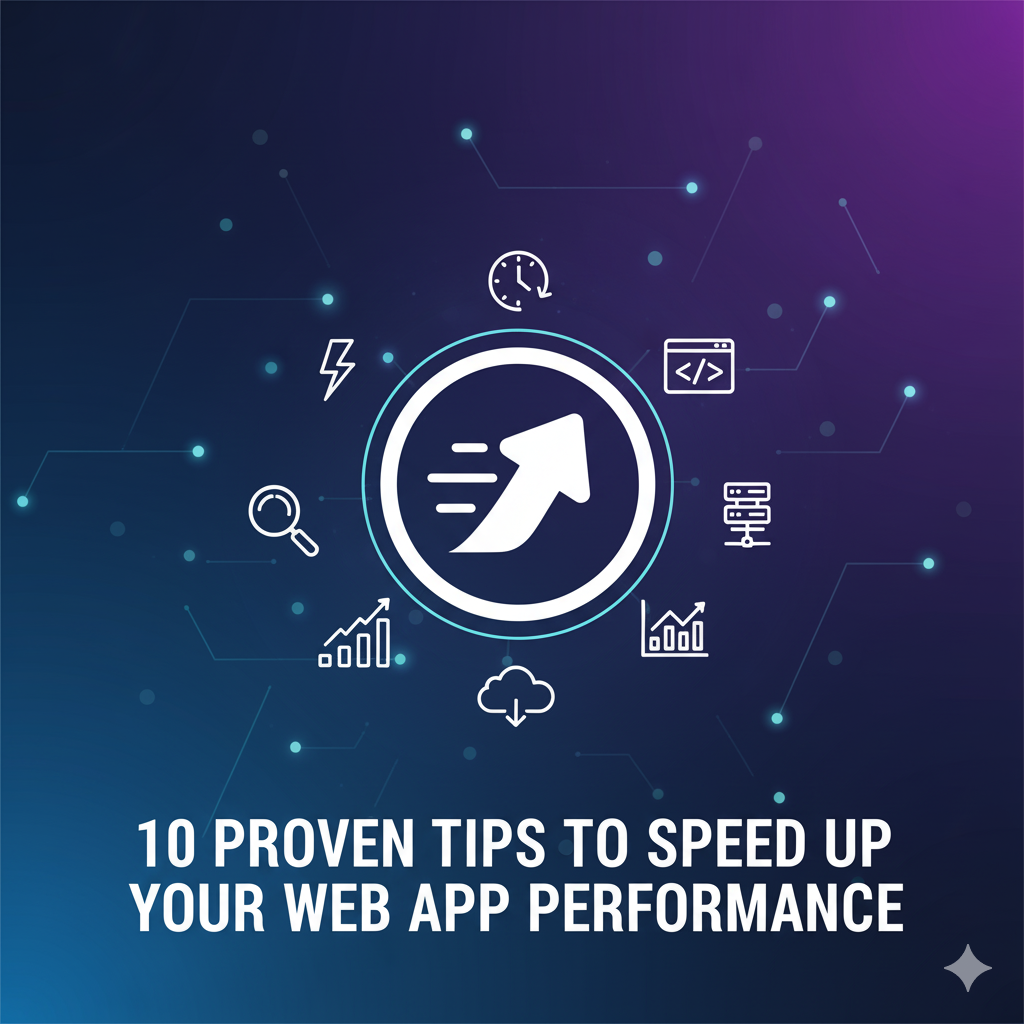10 Proven Tips to Speed Up Your Web App Performance
In today’s fast-paced digital landscape, web app performance is critical. A faster app not only improves user experience but also boosts engagement and conversions. Whether you're a developer or a product manager, these 10 proven tips will help you optimize your web app for speed.
1. Minimize HTTP Requests
Each HTTP request adds latency to your app's load time. Reduce HTTP requests by minimizing the number of files your app loads. Combine CSS, JavaScript, and images into fewer files whenever possible.
2. Enable Browser Caching
Browser caching allows static resources to be stored locally on a user’s device, reducing the need for repeated downloads. Set caching policies in your server’s headers to leverage this feature.
3. Optimize Images
Large, unoptimized images can significantly slow down your app. Use modern image formats like WebP, compress images using tools like TinyPNG, and serve optimized versions for different screen sizes.
4. Use a Content Delivery Network (CDN)
A CDN distributes your content globally and serves it from the nearest server to the user. This reduces latency and speeds up content delivery. Popular CDNs include Cloudflare, Akamai, and AWS CloudFront.
5. Optimize JavaScript and CSS
Minify and compress your JavaScript and CSS files to reduce their size. Additionally, defer loading non-critical JavaScript and CSS to prioritize rendering the visible content first.
6. Implement Lazy Loading
Lazy loading delays the loading of non-critical resources (like images below the fold) until they are needed. This improves the initial load time of your web app.
7. Use Gzip Compression
Gzip compression reduces the size of your files before they are sent to the user's browser. Enable Gzip on your web server to significantly decrease file transfer times.
8. Reduce Server Response Time
A slow server can bottleneck your app’s performance. Optimize your backend code, use efficient database queries, and consider upgrading to a faster hosting provider to reduce server response times.
9. Monitor and Analyze Performance Regularly
Use tools like Google PageSpeed Insights, Lighthouse, or New Relic to monitor your app’s performance. Regular analysis helps identify bottlenecks and areas for improvement.
10. Use HTTP/2
HTTP/2 allows multiplexing, enabling multiple requests to be sent simultaneously over a single connection. Upgrade your server to support HTTP/2 for better performance.
FAQs
What is the most important factor in web app performance?
The most critical factor is reducing load times, which can be achieved through techniques like caching, image optimization, and minimizing HTTP requests.
How can I test my web app's speed?
You can use tools like Google PageSpeed Insights, Pingdom, or GTmetrix to test your app's speed and identify potential improvements.
Will these changes affect my SEO?
Yes, improving your web app’s speed can positively impact your SEO rankings, as search engines like Google prioritize fast-loading websites in their algorithms.
By implementing these 10 tips, you can significantly enhance your web app's performance, providing a faster, smoother experience for your users. Start optimizing today!



